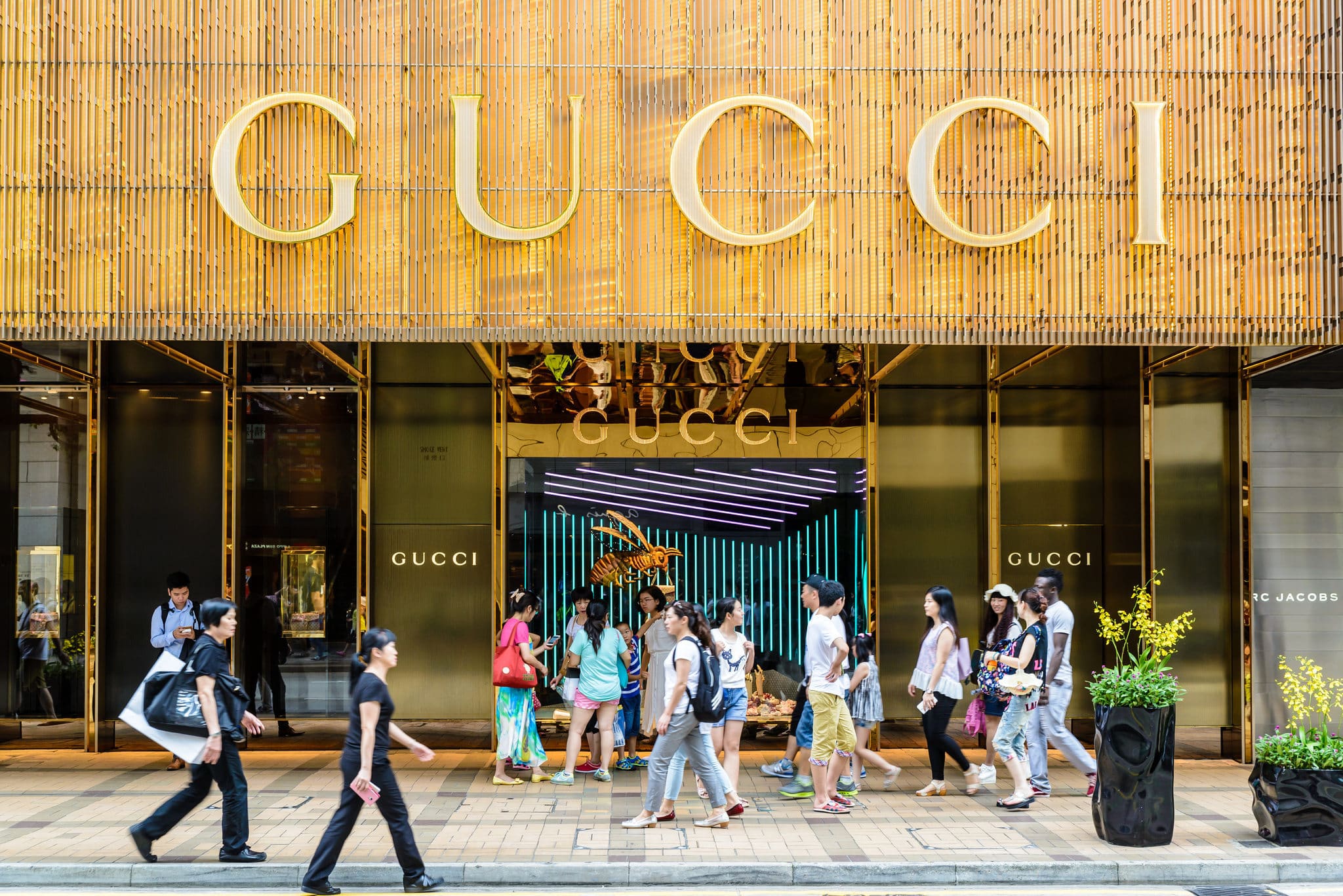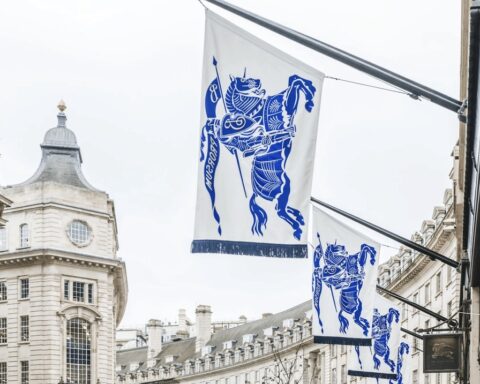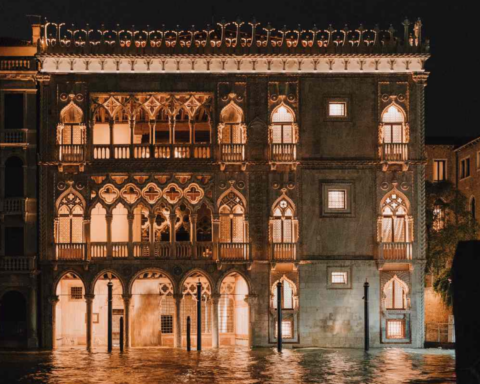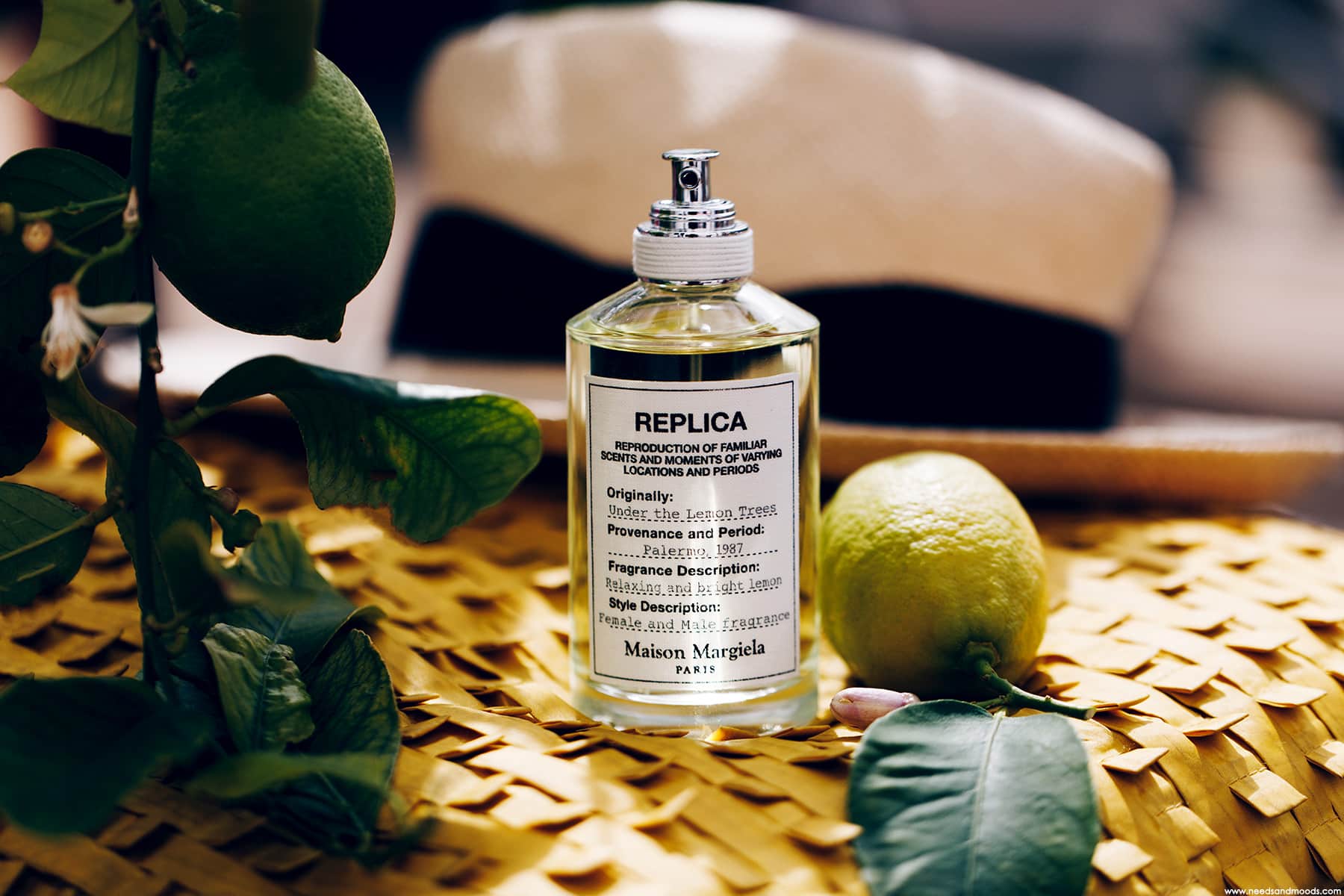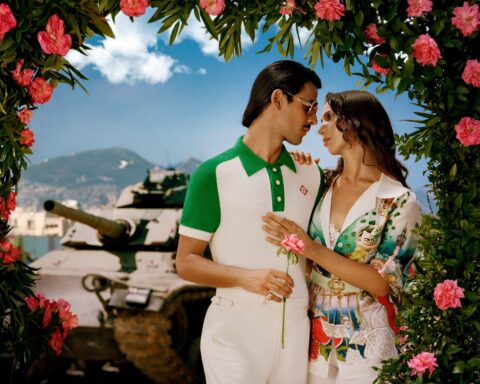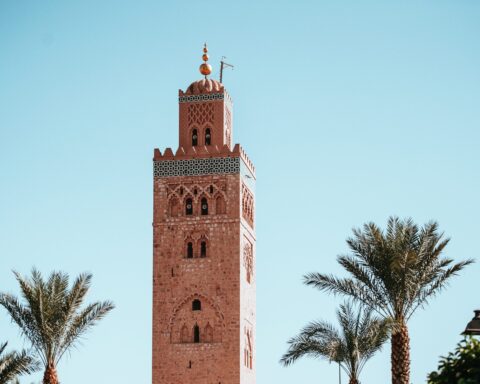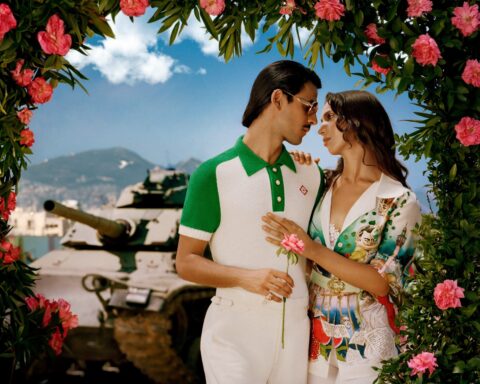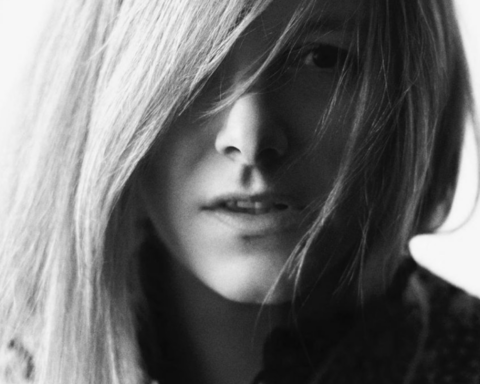[vc_row njt-role=”people-in-the-roles” njt-role-user-roles=”administrator,editor,author,armember”][vc_column][vc_column_text]
Affluent Chinese have been spending wildly in the luxury category again since the beginning of the year. This is expected to continue in the coming months in China and again on tourist trips abroad.
In the Year of the Rabbit, 2023, Chinese purchases will rebound strongly in the luxury category.
While the country’s economy is expected to grow by 4.5 to 5% in 2023, luxury sales are expected to soar by 35%, according to a Barclays Research and Vogue Business study. 532 consumers in the sector were questioned about their first-quarter purchases and future intentions this year.
After three years of restrictions due to the covid, the results are good news for the sector’s brands, as China was their leading export market before the pandemic.
New Year’s Eve
According to the survey, the renewed appetite for luxury was already evident in the first quarter. This included the New Year festivities (January 21), which are traditionally a very good time for spending. 28% of respondents spent at least 20,000 RMB (2,665 euros), 51% at least 8,000 RMB (1,066 euros), and only 17% less than 2,499 RMB (333 euros). 41% made purchases for the New Year and to celebrate birthdays or vacations.
Even without the New Year, the second quarter is also looking good. 38% of respondents (10% more than last quarter) plan to spend at least 20,000 RMB (2,665 euros) in the second quarter, and 51% at least 8,000 RMB (1,066 euros).
Chanel, Dior, and Saint Laurent: the winning trio
Among the brands, Chanel (32% of purchases), Dior (Lvmh) (31%), and Saint Laurent (Kering) (30%) were the favorite brands of these privileged consumers in the first quarter. “Saint Laurent outperformed the sector in terms of revenue last year, and the brand’s popularity in the survey is impressive,” points out Carole Madjo, head of European Luxury Good Research at Barclays.
But Gucci, Kering’s flagship brand, also stood out: 28% of respondents purchased it, compared to “only” 21.4% for Louis Vuitton, the powerhouse of the No. 1 luxury brand, Lvmh. Carole Madjo (Barclays) notes that “while Gucci had lower revenue growth than most of its competitors, the fact that it has recorded one of the highest purchase scores in Q1 2023 and strong purchase intentions in Q2 2023 is a positive surprise.“ Louis Vuitton, however, is the subject of increasing purchase intentions in the second quarter, as are Celine, Loewe, and Bulgari, which are also part of the Lvmh stable.
Among jewelers, Tiffany is reaping the benefits of its transformation, again led by the world leader in luxury goods, since its acquisition at the end of 2020. 17.5% of respondents have acquired a product from the House, compared to only 16.2% at Cartier (Richemont Group).
In terms of categories, handbags remain the most popular category, acquired by 38% of respondents in the first quarter, followed by jewelry and casual shoes (36% each). The authors of the study also point out that the popularity of the latter category is out of step with the observed decline in taste for sneakers in the West. Finally, clothes and other coats and down jackets, notably Burberry and Moncler, are purchased by 29% of respondents.
The return of travel
Finally, after three years of forbidden travel, wealthy Chinese intend to take full advantage of the travel authorization they have been granted again since the beginning of the year.
49% of respondents took a vacation in China in the first quarter during the New Year vacation. This data is corroborated by the government’s own data, which shows an 89% jump in domestic tourism compared to the pre-pandemic situation. The island of Hainan attracted a large number of spending tourists during the New Year, with a 21% growth in duty-free spending observed by luxury giants such as Lvmh, Kering, or Richemont.
But these affluent consumers also plan to travel outside their borders in 2023. Of those who plan to travel abroad, 40% expect to make at least two trips in the coming year. And according to Barclays, they should take advantage of this to buy more fashion and leather goods when they travel to Europe, where prices are now 25 to 45% lower than in their home country!
Lire aussi > Chinese tourism recovery: what opportunities for luxury?
Photo à la Une : © Presse[/vc_column_text][/vc_column][/vc_row][vc_row njt-role=”not-logged-in”][vc_column][vc_column_text]
Affluent Chinese have been spending wildly in the luxury category again since the beginning of the year. This is expected to continue in the coming months in China and again on tourist trips abroad.
In the Year of the Rabbit, 2023, Chinese purchases will rebound strongly in the luxury category.
While the country’s economy is expected to grow by 4.5 to 5% in 2023, luxury sales are expected to soar by 35%, according to a Barclays Research and Vogue Business study. 532 consumers in the sector were questioned about their first-quarter purchases and future intentions this year.
After three years of restrictions due to the covid, the results are good news for the sector’s brands, as China was their leading export market before the pandemic.
New Year’s Eve
According to the survey, the renewed appetite for luxury was already evident in the first quarter. This included the New Year festivities (January 21), which are traditionally a very good time for spending. 28% of respondents spent at least 20,000 RMB (2,665 euros), 51% at least 8,000 RMB (1,066 euros), and only 17% less than 2,499 RMB (333 euros). 41% made purchases for the New Year and to celebrate birthdays or vacations.
Even without the New Year, the second quarter is also looking good. 38% of respondents (10% more than last quarter) plan to spend at least 20,000 RMB (2,665 euros) in the second quarter, and 51% at least 8,000 RMB (1,066 euros).
Chanel, Dior, and Saint Laurent: the winning trio
Among the brands, Chanel (32% of purchases), Dior (Lvmh) (31%), and Saint Laurent (Kering) (30%) were the favorite brands of these privileged consumers in the first quarter. “Saint Laurent outperformed the sector in terms of revenue last year, and the brand’s popularity in the survey is impressive,” points out Carole Madjo, head of European Luxury Good Research at Barclays.
[…][/vc_column_text][vc_cta h2=”Cet article est réservé aux abonnés.” h2_font_container=”tag:h2|font_size:16|text_align:left” h2_use_theme_fonts=”yes” h4=”Abonnez-vous dès maintenant !” h4_font_container=”tag:h2|font_size:32|text_align:left|line_height:bas” h4_use_theme_fonts=”yes” txt_align=”center” color=”black” add_button=”right” btn_title=”JE M’ABONNE !” btn_color=”danger” btn_size=”lg” btn_align=”center” use_custom_fonts_h2=”true” use_custom_fonts_h4=”true” btn_button_block=”true” btn_custom_onclick=”true” btn_link=”url:https%3A%2F%2Fluxus-plus.com%2Fnouveaux-abonnements-et-newsletter%2F”]Accédez en illimité à tous les articles et vivez une expérience de lecture inédite, contenus en avant première, newsletter exclusives…
Déjà un compte ? Connectez-vous.[/vc_cta][vc_column_text]Photo à la Une : © Presse[/vc_column_text][/vc_column][/vc_row][vc_row njt-role=”people-in-the-roles” njt-role-user-roles=”subscriber,customer”][vc_column][vc_column_text]
Affluent Chinese have been spending wildly in the luxury category again since the beginning of the year. This is expected to continue in the coming months in China and again on tourist trips abroad.
In the Year of the Rabbit, 2023, Chinese purchases will rebound strongly in the luxury category.
While the country’s economy is expected to grow by 4.5 to 5% in 2023, luxury sales are expected to soar by 35%, according to a Barclays Research and Vogue Business study. 532 consumers in the sector were questioned about their first-quarter purchases and future intentions this year.
After three years of restrictions due to the covid, the results are good news for the sector’s brands, as China was their leading export market before the pandemic.
New Year’s Eve
According to the survey, the renewed appetite for luxury was already evident in the first quarter. This included the New Year festivities (January 21), which are traditionally a very good time for spending. 28% of respondents spent at least 20,000 RMB (2,665 euros), 51% at least 8,000 RMB (1,066 euros), and only 17% less than 2,499 RMB (333 euros). 41% made purchases for the New Year and to celebrate birthdays or vacations.
Even without the New Year, the second quarter is also looking good. 38% of respondents (10% more than last quarter) plan to spend at least 20,000 RMB (2,665 euros) in the second quarter, and 51% at least 8,000 RMB (1,066 euros).
Chanel, Dior, and Saint Laurent: the winning trio
Among the brands, Chanel (32% of purchases), Dior (Lvmh) (31%), and Saint Laurent (Kering) (30%) were the favorite brands of these privileged consumers in the first quarter. “Saint Laurent outperformed the sector in terms of revenue last year, and the brand’s popularity in the survey is impressive,” points out Carole Madjo, head of European Luxury Good Research at Barclays.
[…][/vc_column_text][vc_cta h2=”Cet article est réservé aux abonnés.” h2_font_container=”tag:h2|font_size:16|text_align:left” h2_use_theme_fonts=”yes” h4=”Abonnez-vous dès maintenant !” h4_font_container=”tag:h2|font_size:32|text_align:left|line_height:bas” h4_use_theme_fonts=”yes” txt_align=”center” color=”black” add_button=”right” btn_title=”JE M’ABONNE !” btn_color=”danger” btn_size=”lg” btn_align=”center” use_custom_fonts_h2=”true” use_custom_fonts_h4=”true” btn_button_block=”true” btn_custom_onclick=”true” btn_link=”url:https%3A%2F%2Fluxus-plus.com%2Fnouveaux-abonnements-et-newsletter%2F”]Accédez en illimité à tous les articles et vivez une expérience de lecture inédite, contenus en avant première, newsletter exclusives…
Déjà un compte ? Connectez-vous.[/vc_cta][vc_column_text]Photo à la Une : © Presse[/vc_column_text][/vc_column][/vc_row]


